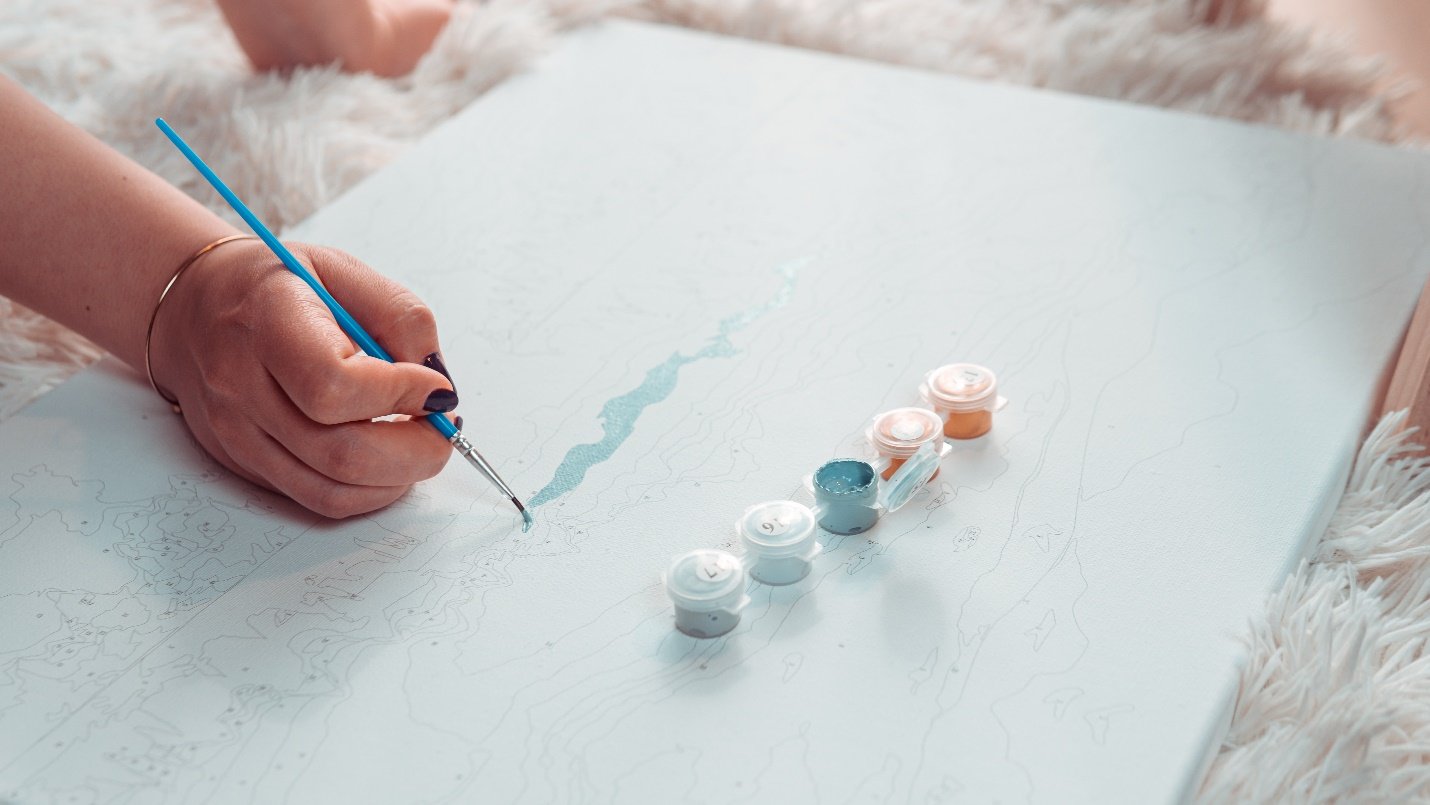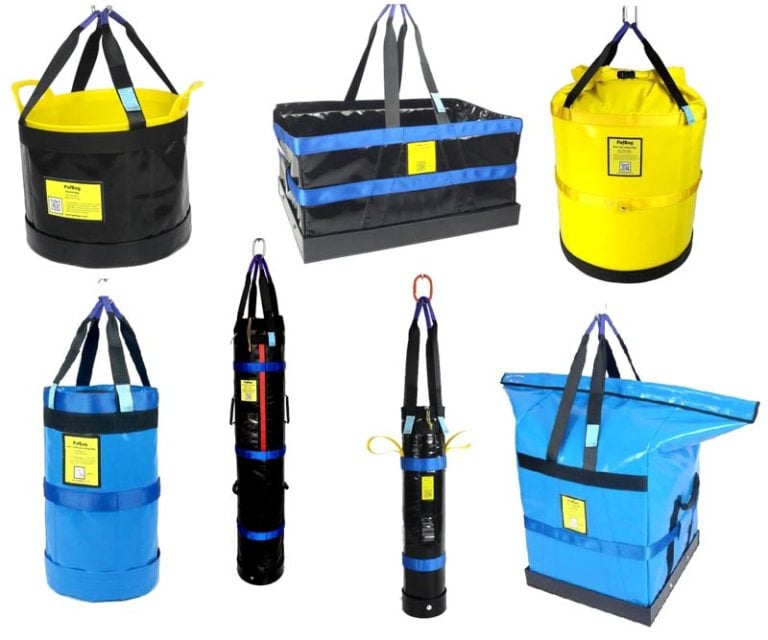Will a Cordyline Grow Back?

Table of Contents
Saddened by the drooping of your Cordyline leaves? Curious about knowing how to revive a dying Cordyline? Worried about your Cordyline’s health? Well, drop all your worries, for we are here with effective and working solutions.
Cordylines are beautiful house plants, giving a wholesome appearance to both your indoors and your gardens. Generally, they are disease-free, but as they say, death is inevitable, so the question here is, can they regrow? Questions such as this always hover, and when a plant is this great, solutions are necessary.
Today, instead of whirling around, we are here with proven and effective answers to all your questions. Read along to know what we have carefully curated for you.
Overview of Cordylines

Bold, dramatic, and handsome, Cordylines are exotic, palm-like-looking evergreen shrubs that are easy to grow and easy to care for. Known for their statement-like architectural structure, these plants are amazingly colored, from green to purple, giving out an expensive, expansive feel to the region they are grown into. Hailing from New Zealand, these plants are often nicknamed Cabbage Palm or Torbay Palm.
Can We Regrow Cordylines?
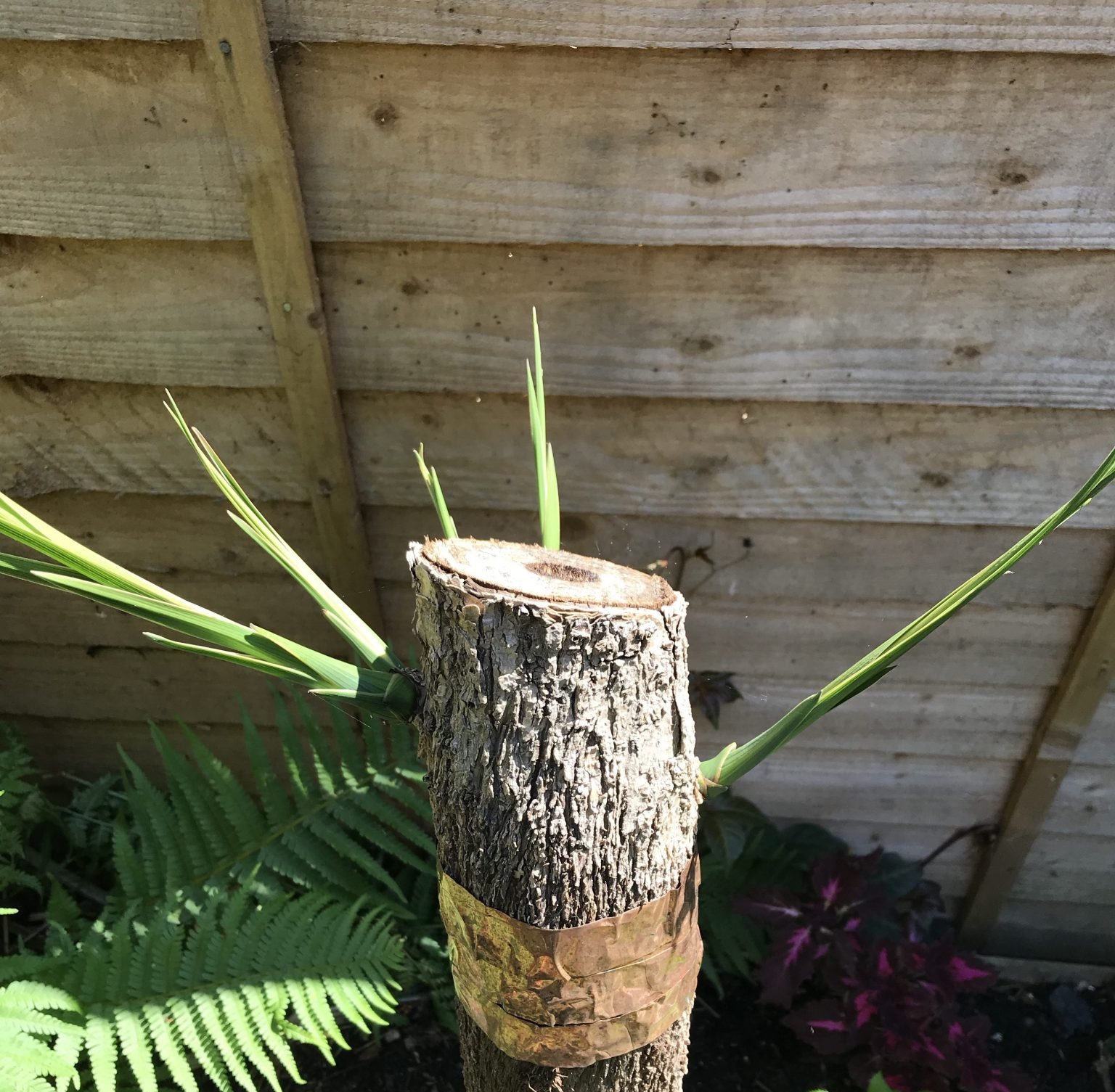
Instead of brisking and whisking, we are here with a direct answer. Cordylines are no Lazarus, so you can’t raise the dead. But, YES, we can regrow Cordylines only if they have a single shred of life left in them or their roots. The cause of near-death determines the ways of regrowing Cordylines.
Therefore, let’s explore the possible reasons for damage and examine whether your Cordyline is dead or about to die.
Is Your Cordyline Really Dead?
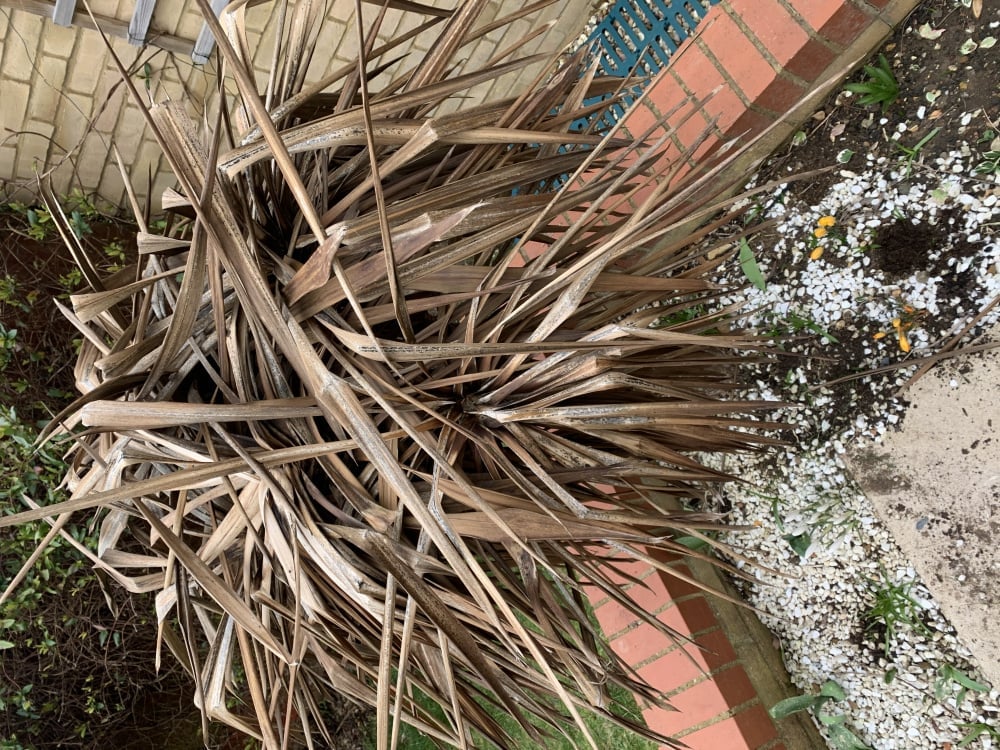
Identify the condition of your Cordyline. If they are dying, they must have their leaves drooping and discolored, and while you may perceive they are entirely dead, this is not the case. There is a slight chance that there is a little life left in the roots, and if your roots have life, there is a one hundred percent chance that your plants can and will regrow.
But how will you know whether there is life left in the roots? Look for any shade of greenness near the root area. If there is any greenishness left, there is a chance that your Cordyline will shoot again from the same long brown trunk, and within years, it will re-establish itself as a healthy, grown, beautiful Cordylines.
As a matter of fact, this single long brown trunk will develop into fully grown stems, and thus, an established Cordyline awaits your presence.
Some Ways of Regrowing Cordylines
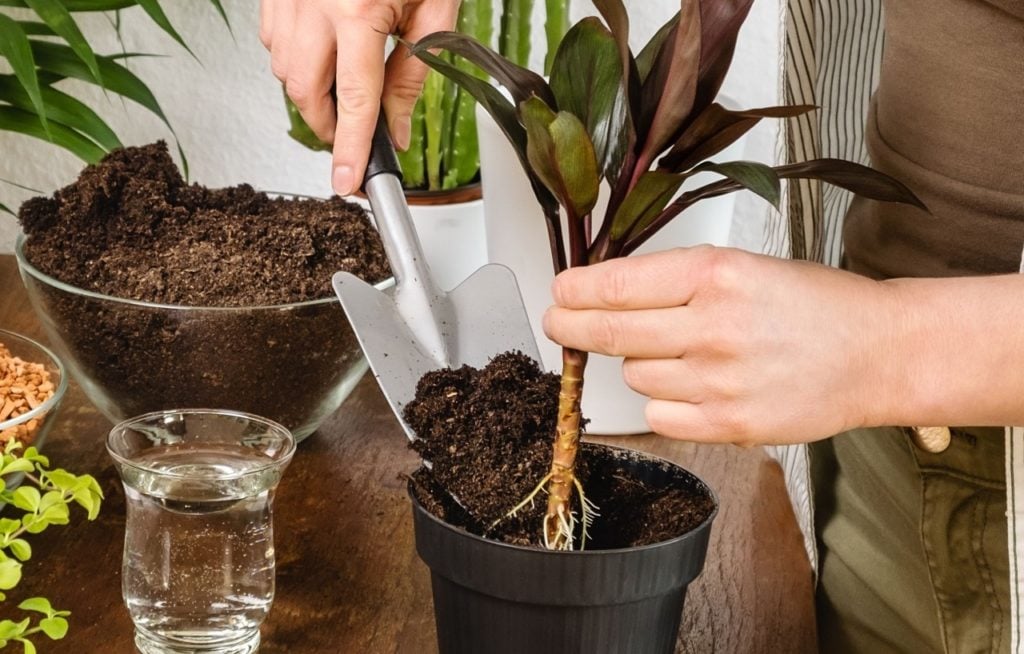
Now that you know whether your plant is alive or not, it’s time for you to take the next steps. To ensure the healthy regrowth of your Cordylines, make sure they are fully fed (nutrients and water-wise) and are free from pest infestations.
Read below to know how you are going to do this.
1. Trim and Cut the Diseased Parts
When a person’s vestige appendix grows, the doctor removes it, partly because it is unnecessary and partly because it can inhibit his healthy development. The same goes for plants, too. There is no need for plants to carry on the dead or dying weight. If you leave the dead parts as is, there is a high chance that their infection will spread, leading to the death of the overall plant. In such a case, it is recommended that you trim, pluck, or cut the dying parts of your Cordylines like leaves, stems, etc.
2. Pruning the Dead or Nearly Dead Parts
If you wish for abundant growth, pruning is a must and recommended. Pruning allows the nearly dead plants to regrow to their full extent. While pruning, make sure the tools you are using, especially secateurs, are sharp and clean. This will promote the healthy growth of the plant, or otherwise, usage of dirty or infected tools will lead to further decay and infection of the plants.
If your plant is almost fully dead, you can sever the stems completely, but while doing so, make sure that you leave a few inches of them above the ground. This is because pests and insects stay in the soil, and when you sever Cordyline stems from the edge, you risk their growth by allowing the pests to infest your pretty plants.
3. Feed Your Dying Plants
The most prominent reason behind Cordylines drooping and dying is the lack of nutrient supply. And if your plant is dying or nearly dead, there is a dire need to provide it with ample and many nutrients for its fathomable regrowth. If your plant is potted, make sure it is watered regularly, with general-purpose fertilizers added to the soil during the summer and spring seasons.
Adding compost is yet another better idea for the healthy growth of Cordylines. Ensure you use organic fertilizers because we know you don’t want to overload your dying plant with unnecessary harsh chemicals.
Apart from this, make sure you have your hands on spray chemicals to fight against possible pest attacks on your dying plant, as with nutrients added to the soil; organisms are drawn to such areas as a moth the flame.
4. Replant and Regrow
There is a great possibility that your plant is on the verge of death due to over or under-exposure to sunlight, lack of watering facilities, and inadequate nutrient supply. Frequent temperature fluctuations, too, can result in their decay.
Suppose such is the case, and your plant is about to die with leaves all discolored and drooping. In that case, the best solution is to sever the plant, dig out the roots, and replant those roots in an area where your Cordyline could receive ample indirect sunlight, where watering is not an issue, where the soil is loaded with nutrients, and where the temperature stays moderate throughout the time.
Final Thoughts
Now that you are done, it’s time to be patient and wait. Regrowth or rebirth is not going to happen overnight, as there are no magic tricks involved. Stay practical and stay calm! If there is a life left, your plant will regrow. It may take months for this to happen, but it will happen. In the meantime, keep maintaining your Cordylines as prescribed, pay attention to the details, and keep your calm with these beautifully petalled plants.
Remember, you are the doctor, and you can’t treat your patient if you don’t know the illness. So, first, detect where it is going wrong, and once you know the damaging arena, start with the cure.
We have got your back with amazing gardening techniques, tips, and tricks, and we love greenery just like you.




